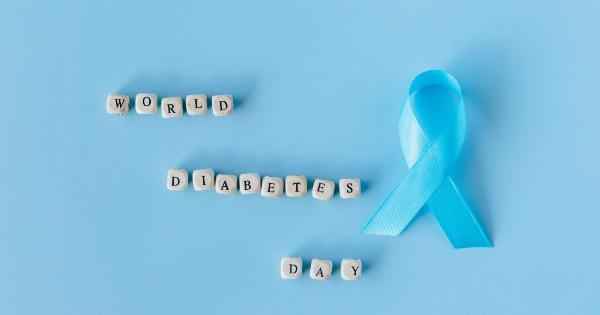A urinary tract infection (UTI) is a common condition that affects millions of people every year. It occurs when bacteria enters the urinary tract and causes an infection.
While UTIs can affect anyone, women are more likely to develop them due to their shorter urethra, which makes it easier for bacteria to reach the bladder. In this article, we will discuss how to identify and deal with the symptoms of a UTI.
What are the Symptoms of a UTI?
The symptoms of a UTI can vary depending on the severity of the infection. However, some of the most common symptoms include:.
- Frequent urination
- Urgent need to urinate
- Burning sensation during urination
- Cloudy or foul-smelling urine
- Pain or pressure in the lower abdomen
- Low-grade fever
If you are experiencing any of these symptoms, it is important to see your healthcare provider right away. Untreated UTIs can lead to more serious complications, such as kidney damage or sepsis.
How to Identify a UTI
To identify a UTI, your healthcare provider may perform a urine test. This involves analyzing a sample of your urine for the presence of bacteria and other signs of infection.
Your healthcare provider may also ask about your symptoms and medical history to make a diagnosis.
How to Deal with the Symptoms of a UTI
If you are diagnosed with a UTI, your healthcare provider may prescribe antibiotics to kill the bacteria causing the infection.
It is important to finish the entire course of antibiotics, even if your symptoms improve, to ensure the bacteria are completely eliminated.
In addition to antibiotics, there are several things you can do to relieve the symptoms of a UTI:.
- Drink plenty of water to help flush out the bacteria
- Avoid irritants such as caffeine, alcohol, and spicy foods, which can irritate the bladder and worsen symptoms
- Apply a heating pad to your lower abdomen to relieve pain and discomfort
- Take over-the-counter pain relievers such as ibuprofen or acetaminophen
If your symptoms do not improve within a few days of starting antibiotics, or if they get worse, contact your healthcare provider. They may need to adjust your treatment plan or investigate further for other possible causes of your symptoms.
Preventing UTIs
There are several things you can do to reduce your risk of developing a UTI:.
- Drink plenty of water to help flush out bacteria from your urinary tract
- Wipe from front to back after using the bathroom to prevent bacteria from the anus from spreading to the urethra
- Urinate after sexual intercourse to flush out any bacteria that may have entered the urethra
- Practice good hygiene by washing your genital area daily with mild soap and water
By taking these steps, you can reduce your risk of developing a UTI. However, if you do experience symptoms, it is important to seek medical attention right away to prevent complications.






























